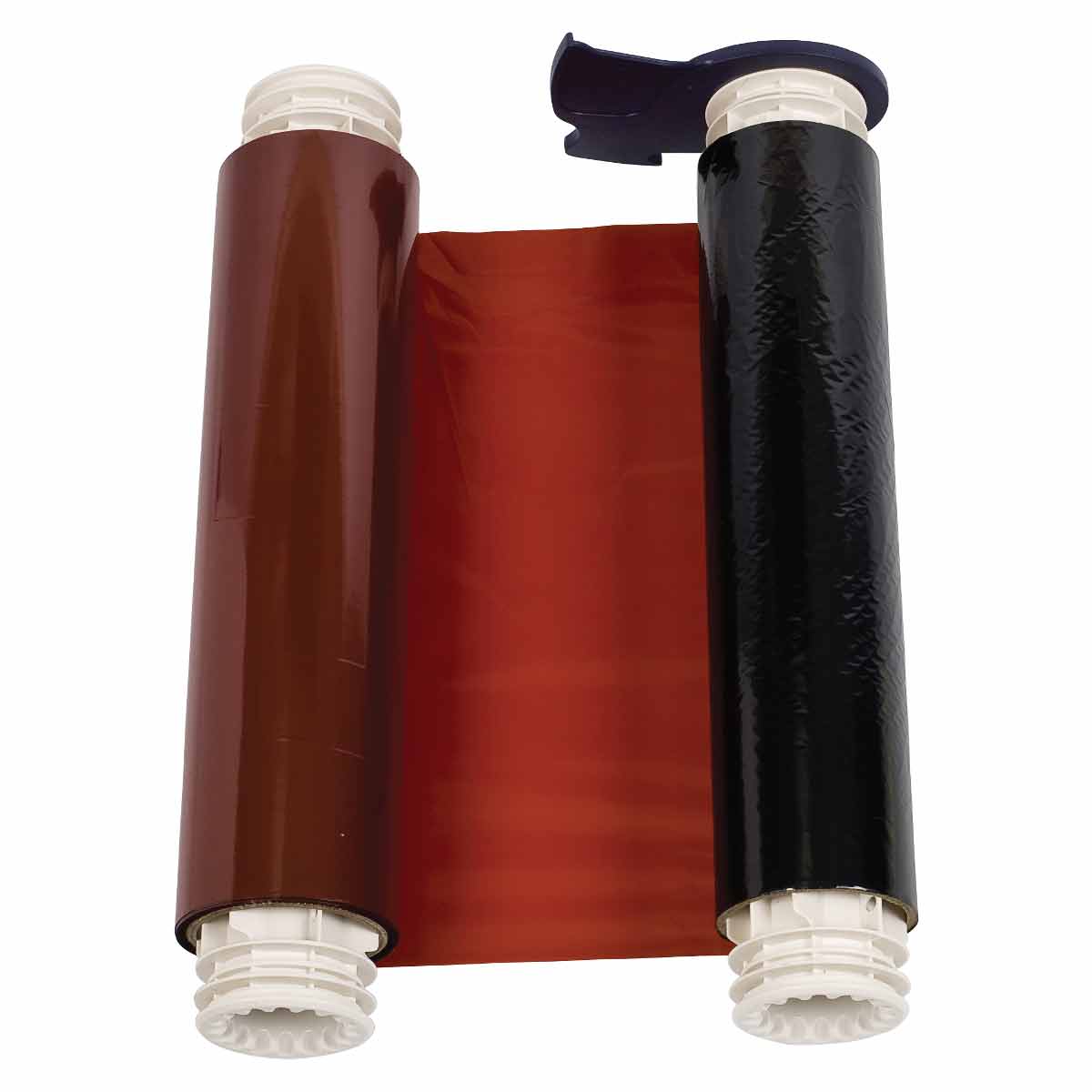Db2 Command Line Editor For Mac

The DB2 Client also includes drivers that let you access the data in DB2 databases using JDBC, ODBC, PHP, CLI (DB2's Command Line Interface), and more. If you want to create DB2 databases on your own Mac, then you will need the DB2 Express-C data server. For example, if you are developing an application that works with.
The DB2 table editor RazorSQL allows users to edit database table data in a spreadsheet like format. Users can easily add and remove rows, or edit individual cells. The find / replace tool allows users to quickly find and/or replace text. The edit in new window option allows users to easily edit multi-line text.
The table editor will automatically generate the SQL insert, update, or delete statements corresponding to any edits made by the user. The editor can then either execute these statements or dislay them for viewing by the user.
The database table editor allows users to filter what data is displayed in the table editor by modifying the SQL query used to populate the editor. Users can also specify the maximum number of rows to display in the editor.
When viewing query results in the query results pane of RazorSQL, users can easily edit a particular data cell by double-clicking the cell. This will launch the DB2 database table editor and select the cell that was clicked in the query results.
For updates and deletes, the DB2 editor will automatically append the appropriate keys of the table being edited to the generated SQL update and delete statements to prevent the unwanted modification of data. If no keys are defined for the table, the editor will prompt the user to select an appropriate number of columns to guarantee only the correct data gets modified.
For more information on the table editor, see the following documentation:
Edit Table Tool
Open edge rcm for mac free. RazorSQL also offers many other DB2 tools such as a DB2 database browser, an SQL query builder, GUI tools for managing DB2 objects and structures, and much more. See the main DB2 Features Page for more information.

Terminal User Guide
To edit a plain text file in Terminal, you can use a command-line text editor.
For general-purpose work, it’s easiest to use one of the text editors included with macOS. If you want to use a graphical text editor, use TextEdit (in Launchpad). Otherwise, use one of the command-line editors included with macOS:
Nano nano is a simple command-line editor. It’s a good introduction to using a command-line editor because it includes easy-to-follow on-screen help. See the nano man page.
Vim vim is a vi-compatible text editor. It has many powerful enhancements for moving around, searching, and editing documents. Basic editing is simple to learn, and there’s additional functionality to explore. You can access most of the functionality by using keystroke combinations that trigger certain behavior. vim, or the editor it’s modeled after, vi, is found in most UNIX-based operating systems. See the vim man page.
If you’re new to using the command line and don’t anticipate using it much for editing, nano is probably your best choice. If you expect to spend a lot of time using the command-line environment, it’s probably worth learning vim. They have very different design philosophies, so spend some time with each of them to determine which works best for you.
In the Terminal app on your Mac, invoke a command-line editor by typing the name of the editor, followed by a space and then the name of the file you want to open. If you want to create a new file, type the editor name, followed by a space and the pathname of the file.
Here’s an example of using
nanoto open a new file named “myFile.conf” in your Documents folder:
